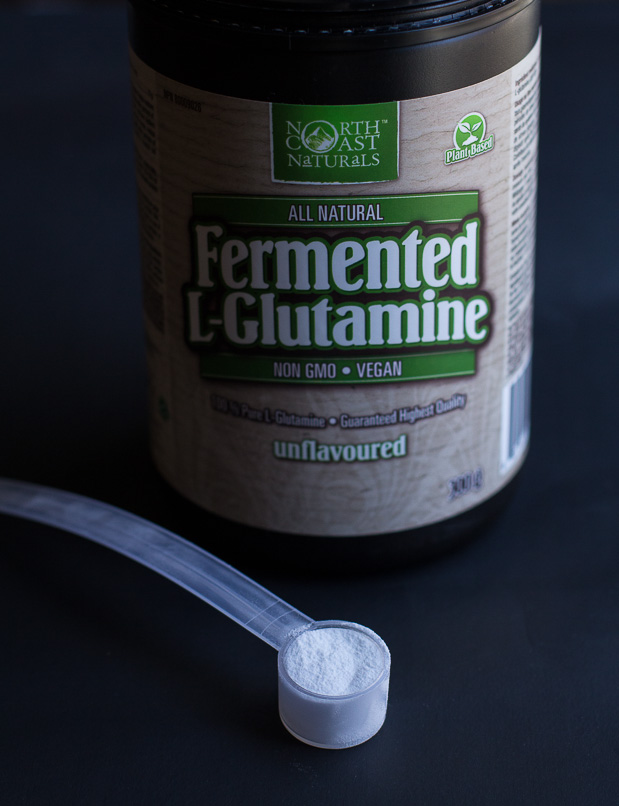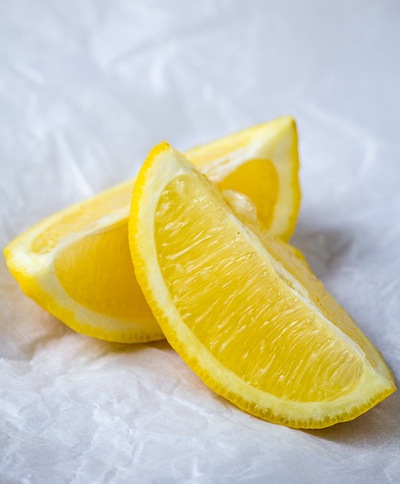Fermented L-Glutamine
/Happy hump day everyone! Just a few more days and it'll be the weekend again. How's that for good news!
As a healthy living blogger I love to share tips and nutrition that I follow myself, as well as the things I benefit from that help me to live a healthy lifestyle. I can't thank you all enough for following along and listening. So today I'm popping in to tell you about my new favourite supplement. Yep, you guessed it, L-Glutamine - a non-essential amino acid. It's found in most protein rich foods and good quality protein powders.
I first came to learn about it + test it out a few of months ago when I started working with North Coast Naturals and it has since become one of my favourite products.
 So what exactly is L-Glutamine and why would I want to take it?
So what exactly is L-Glutamine and why would I want to take it?
Great question! If you lift weights or are a very active person then you probably know all about sore muscles and recovering for your next workout. Well that's exactly why I use l-glutamine. To put it in simply, it's a supplement that can improve your recovery times between workouts. Especially if you're doing hard weight lifting workouts or HIIT cardio sessions that are incredibly demanding on the body.
Remember I called it a non-essential amino acid? Well that's because glutamine is found naturally abundant in the body. However, our bodies catabolize (destroy) our healthy tissue to get more glutamine for repair. Everytime you hit the gym or workout intensely, those glutamine levels in your muscles are depleted. And we all know that it takes us time to recover. That's why taking l-glutamine can help minimize the breakdown + loss of muscle, improve protein metabolism, and replenish those depleted stores to help the body start repairing muscle tissue right away.
As you can see in the photo above fermented l-glutamine is a clear white powder...no jokes...rolls eyes...It's tasteless and odourless when mixed with water or added to a protein shake or smoothie.I really love North Coast Naturals Fermented L-Glutamine because it's 100% vegan and gluten free. It's sourced from beets that are fermented with probiotic cultures. The cheaper variety of glutamine powders tend to be made from wheat or shellfish and is harder to digest. It's 100% pure from natural sources, non-GMO, and has no added sugar or fillers.
It actually has a lot of other benefits, according to research l-glutamine has been found to help heal leaky gut. It's fundamental to the health of our digestive and immune systems.
Here's a few more things that Glutamine does and may help treat:
- Increase resistance to colds and flu - Glutamine is a primary immune booster.
- Vastly improves recovery times from injury, and surgery.
- Insures proper acid balance in your body.
- Helps maintain muscle mass.
- May help in the treatment of candida yeast overgrowth and irritable bowel syndrome.
- Participates in glycogen synthesis.
- Helps maintain cell volume and hydration.
How and when to take it:
I have been taking it either just after my workout or before I go to bed, when your body is recuperating and your muscles want to repair themselves. To take it you mix one scoop (2-5 grams, or 1/2 to 1 teaspoon) into 1 cup of water or add it to your post-workout smoothie. I only take it once a day because I find it's all I need, but I've read that it's okay to take it 2-3 times daily.
Has anyone else out there ventured to try fermented l-glutamine?
Have a great day!
















